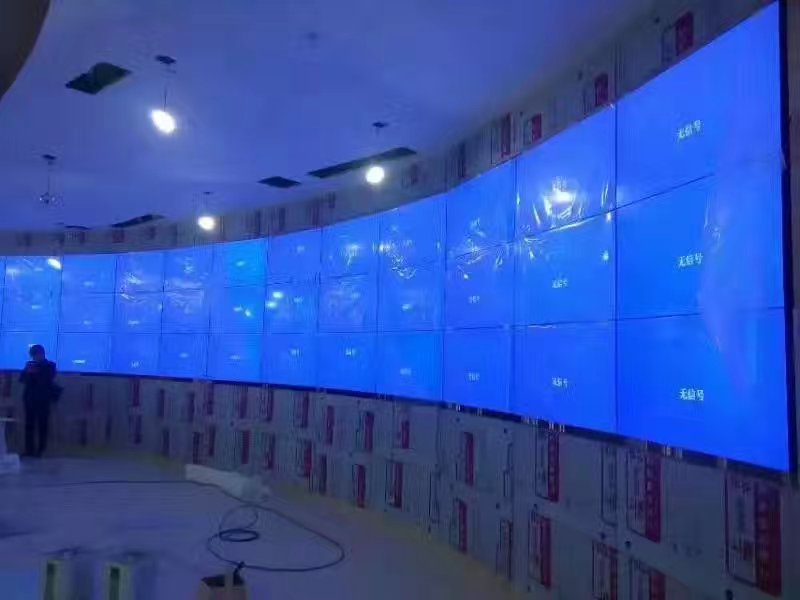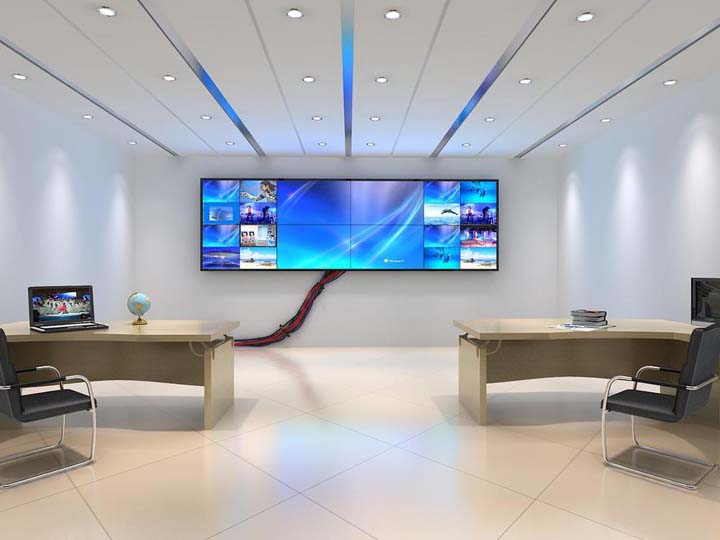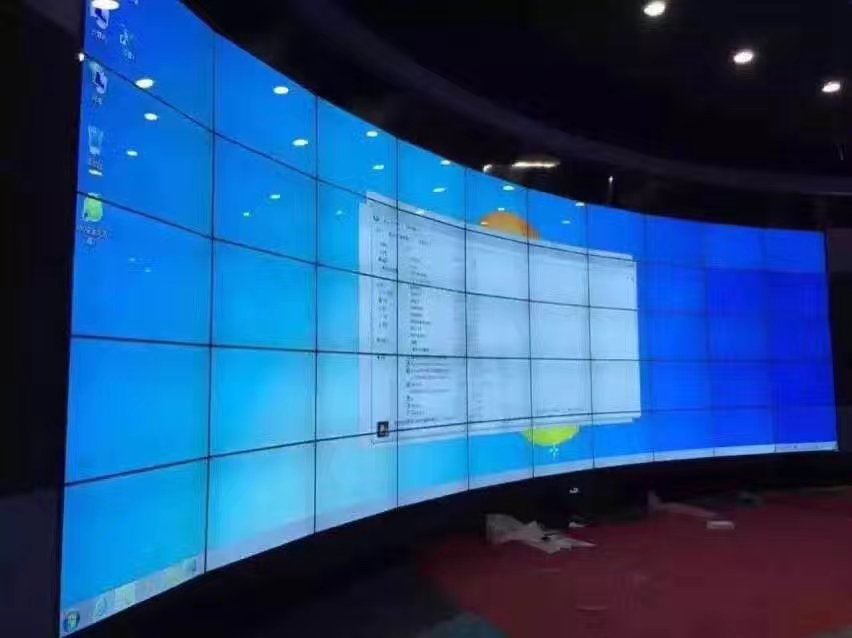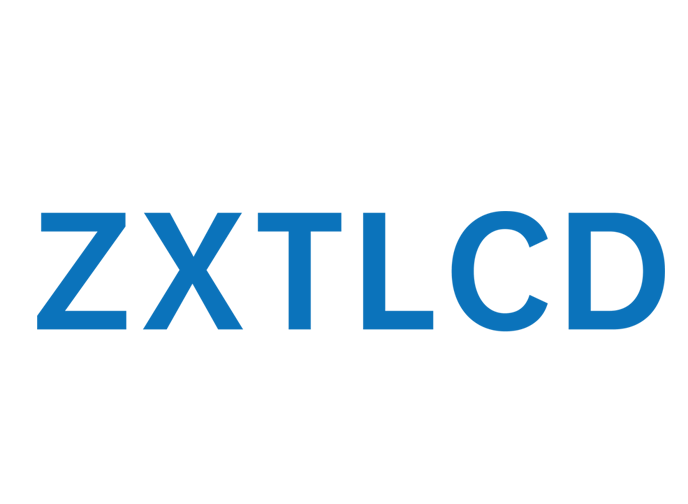Analysis of the Advantages of LCD Splicing Display Technology for Large Video Walls:

Ultra-thin displays offer more market opportunities

In the fields of transportation, finance, government, military, policing, energy, power, etc., traditional DLP display walls have firmly established roots: they have stable products, high screen consistency, and the ability to sustain continuous operation, which makes DLP particularly suitable for earlier market demands.
Faced with this, how can emerging LCD splicing respond? In terms of splicing, a key technical index where it still lags significantly, its strength can only be demonstrated by capitalizing on its advantages and downplaying its shortcomings. So, what are the advantages of flat panels? Obviously, it’s their ultra-thin volume.
It is understood, the thickness of LCD display walls can easily be controlled between 20 to 30 cm. Although this advantage may not hold great value for those customers with abundant space resources, such as transport command centres, it holds significant value for clients redecorating their TV walls in regular spaces, clients in the commercial market where office space rent is high, and those who’ve already planned their indoor space and need to add a display wall.
Ultra-thin LCD display wall becomes especially valuable due to its ability to blend seamlessly with wall designs, instead of protruding largely. This characteristic proves beneficial in the commercial market, exhibition display market and public space applications where space occupancy is a huge cost factor and an irksome visual element.
“Four directionally consistent” LCD corner screen wall conquers the world
LCD display walls also have a special advantage which allows the display units to be flipped, rotated, and tilted or spliced at any horizontal or vertical angle. This unique feature allows for spectacular presentation effects, finding extensive use in trade exhibitions, broadcasting studio backdrops, digital signage display and even small monitoring rooms.
Small depth, curved splicing highlights LCD’s advantages
There are specific splicing display projects that require the display screen to be arranged in a certain arc, for example, to present a prominent convex curve or a concave display surface embedded in a corner. For these projects, ultra-thin LCD display wall provides an optimal solution due to its slender volume, accommodating a convex display surface circling inwards to the focal point of a cylinder.

High brightness LCD display wall leads to outdoor applications
A great advantage of LCD display wall technology is its high light source utilization efficiency, which results in achieving higher display brightness. This results in LCD display wall being used in outdoor applications, even under direct sunlight, replacing traditional LED display devices. The integration of splicing technology and the ultra-thin characteristic of LCD display walls pave possibilities for outdoor applications, building a promising LCD outdoor application market.
Dynamic splicing, a new trend in LCD display walls
Another emerging application of LCD display walls, attributed to the ultra-thin and lightweight feature of LCD units, is “dynamic splicing”. This involves building a constantly moving splicing wall where panels rotate, flip, and move up and down; the key to the system is the machinical structure behind the screen. Being light and thin, LCD displays are perfectly suited for such applications.
The application of LCD display technology to the splicing market, benefitting from its unique technical characteristics, is continuously developing broader application methods. In the commercial field and low-cost market, LCD splicing has established new market rules, and with future progression of LCD splicing technology, more classic application solutions will surely emerge in other markets.
